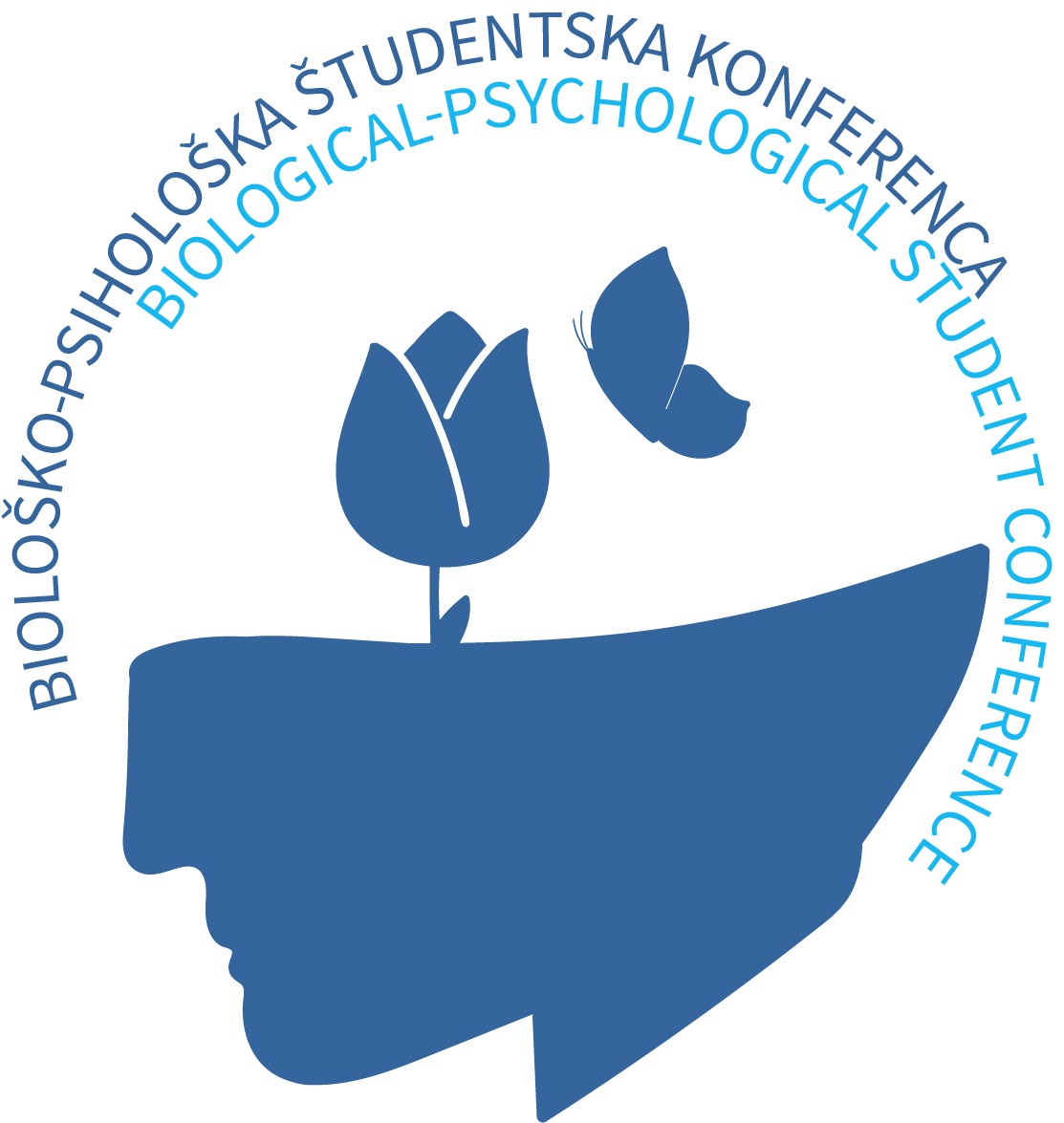Archive 2022
printdr. Nina Gunde – Cimerman
Black bloom in white Greenland

Climate changes that the world is experiencing in the last 15 years, have affected particularly the polar areas. One of the important consequences is accelerated melting of ice, contributing to global sea level rise. An important contributing factor is diminished amount of shortwave radiation reflected by the surface ice (albedo). Several processes can affect ice albedo, including surface meltwater, accumulation and deposition of light-absorbing impurities on the ice. Those comprise brown carbon (forest fires), black carbon (soot from anthropogenic emissions), inorganic mineral particles, and as the most important factor – microorganisms, more specifically black ice algae. Their cells are black due to high quantities of a phenolic pigment purpurogallin, that shields chloroplasts from the high UV irradiance during summer. Fungi have only recently been identified on the SW part of black Greenland Ice sheet. Among fungi dominating black surface ice were white, red and black yeasts, with several species new for science, and two new filamentous fungi, both closely associated with glacier algal clumps: Penicillium anthracinoglaciei and Articulospora sp. Interactions between microorganisms are particularly important for the colonization and survival of communities in stressful environments. While this importance is increasingly recognized, nothing is known about the interactions between glacier algae and fungi. In many ecosystems, fungi are known to be important in nutrient cycling, they can act as predators, pathogens and parasites and form symbiotic associations with plants, algae, animals and other organisms. In the present study we focussed on Articulospora sp. and Penicillium anthracinoglaciei, and their potential interactions with glacier algae in in situ and ex situ microcosm experiments. The fungal algal interactions are of particular importance due to the scale of changes occurring in the extremely cold environment of the GrIS, a natural model for Cryogenian evolution, contributing to our understanding of fungal role in the propagation of glacier algal blooms, which accelerate melt of the GrIS and other polar glacial environments.
Neven Iveša, PhD
Incidence of termophilic fish species in the bay of Medulin

The expansion of the range of thermophilic fish species towards the northern parts of the Mediterranean Sea and their impact on new habitats is a direct consequence of climate change and represent one of the most significant ecological impact of global warming. In the long run they may cause cascading effects in food webs, which can consequently lead to changes in the supply of seafood and negatively affect commercial fishing and the overall market. The ingression of predatory thermophilic fish species in habitats where they were not present until recently (such as in the northern Adriatic), expands the spectrum of their trophic exploitation. Bay of Medulin is an important fishing area in the northern Adriatic. Scarce literature data suggests that fishing in this area is poorly researched, especially thermophilic species that are more common in the last decades. In the research, seven thermophilic fish species at three stations from 2017 to 2019 have been collected in the Bay of Medulin: Seriola dumerili, Pomatomus saltatrix, Sphyraena sphyraena, Lichia amia, Trachinotus ovatus, Coryphaena hippurus and Caranx crysos. Gastrointestinal content was analyzed to determine feeding intensity, prey, and dietary overlap of thermophilic species. PAST and CANOCO packages were used for statistical data processing. The research has revealed that thermophilic fish species in the Bay of Medulin appear seasonally and remain in the area for several months, mostly from September to November, foraging on available energy resources. The analysis of the composition of the diet of thermophilic fish species indicates that there is currently no overlap of feeding habits between them, which leads to the conclusion that each species has found its ecological niche. The results of this research contribute to a better understanding of the changes in marine fish communities in the northern Adriatic and the impact of climate change on fishing.
dr. Tina Tinkara Peternelj
Človek kot ekosistem – naš odnos z mikroorganizmi in pomen za psihofizično zdravje

Interaktivno predavanje se bo posvetilo odnosu človek-mikroorganizmi in vzporednicami med makro in mikro svetom. Uvodoma bomo obnovili znanje o mikrobiomu, s poudarkom na črevesni mikrobioti ter njenih vlogah v telesu. Skozi biopsihološke leče bodo predstavljena aktualna raziskovalna spoznanja.
Mikroorganizmi so številno zastopani na in v našem telesu, posebej pa so skoncentrirani v sluznicah. V črevesju skrbijo za prebavo in presnovo, pomagajo pri sintezi aminokislin, vitaminov, detoksifikaciji težkih kovin, podpirajo zorenje celic imunskega sistema, vključeni so v izločanje enteričnih hormonov in pomembno vplivajo na zorenje in delovanje celic imunskega sistema. Še več, mikroorganizmi podpirajo integriteto črevesne bariere, njihovi metaboliti pa tudi krvno-možganske bariere. Bakterijski produkti, kot so kratkoverižne maščobne kisline, ki nastanejo pri fermentaciji vlaknin, lahko vstopajo v možgane, kjer koristijo prenekaterim procesom v nevronih in modulirajo gensko ekspresijo nevrotropnih faktorjev. Sicer črevesje in možgani komunicirajo preko večih dvosmernih poti, tudi s pomočjo mikrobiote, kar skupaj tvori t.i. os mikrobiota-črevesje-možgani. Danes je znano, da ta dinamična signalizacija vpliva tudi na naše razpoloženje in vedenje, vključujoč socialne interakcije. Ob tem je vredno poudariti, da raziskovalno odkrivamo šele vrh ledene gore.
Posebna pozornost bo na srečanju namenjena vplivom življenjskega sloga na vitalnost in pestrost naše mikrobiote. V okviru tega bo sledila diskusija o dejavnikih, ki prispevajo k stikom in poselitvi mikroorganizmov na in v našem telesu. Pogovorili se bomo o vpletenosti mikrobiote v dozorevanje in delovanje imunskega sistema človeka, o disbiozi ter vlogi le-te pri različnih boleznih. Skupaj bomo raziskali možnosti, preko katerih lahko vzpostavimo oz. vzdržujemo zdrav odnos z mikrobioto, kot posamezniki in družba.
dr. David Gosar
Razvoj možganov in umskih sposobnosti

Človeški možgani vsebujejo več kot 1014 povezav med nevroni in so med najbolj kompleksnimi pojavi, ki se jim posveča sodobna znanost. Razumevanje njihovega nastanka predstavlja pojmovni okvir, ki nam na področjih psihološke znanosti in nevroznanosti omogoča razumevanje nastanka človeških spoznavnih in drugih umskih sposobnosti ter raznolikih razvojni potih, ki vodijo do primanjkljajev in motenj na teh področjih. V sklopu predavanja bom osvetlil ključne razvojne procese v petih razvojnih obdobij možganov, od prvega trimestra nosečnosti vse do obdobja mladostništva. Razvojne procese kot so nevronska proliferacija, nevronska migracija, sinaptogeneza, načrtno odmiranje nevronov in mielinzacijo bom razvojno umestil in s pomočjo raziskav klinične in bazične nevroznanosti prikazal kako lahko motnje teh procesov vodijo do psihopatologije. Obenem se bom dotaknil tudi različnih intervencij, za katere menimo, da lahko preko delovanja na procese razvoja možganov prispevajo h ugodnim razvojnim izidom. V predavanju, ki bo vključevalo znanstvena spoznanja slovenskih in tujih znanstvenikov, bom poslušalcem približati kako so spoznanja o razvoju možganov lahko koristna za klinično delo z otroci in mladostniki z epilepsijo, obporodno hipoksijo, avtizmom ter drugimi nevrorazvojnimi in nevrološkimi motnjami. Dotaknil sem bom tudi nekaterih raziskav o učinka visokih ravni stresa ali revščine na razvoj možganov ter prikazal kako vzajemno delovanje genov in okolja dinamično sooblikuje možgansko podstat naše duševnost, časih še preden se rodimo. Upam, da bom poslušalcem na ta način pomagal trditev »Otrok je oče človeka« pesnika Williama Wordswortha iz začetka 19. stoletja razumeti v luči nevroznanosti 21. stoletja.

